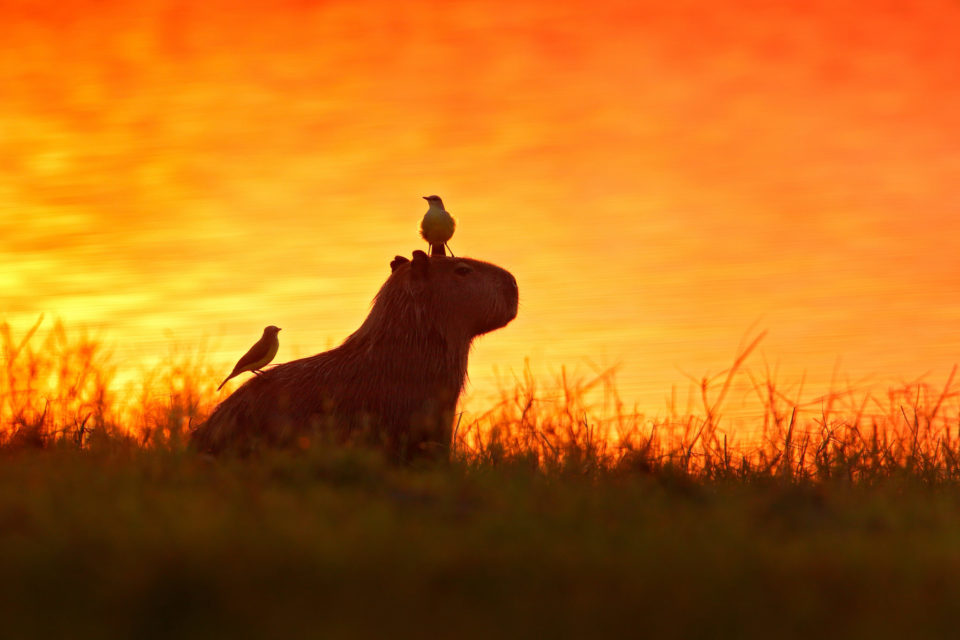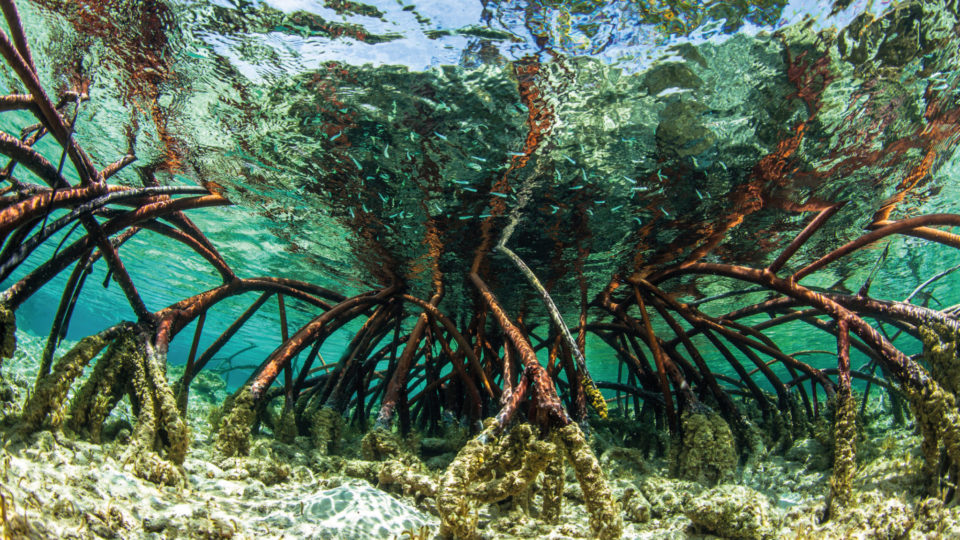
Why wetlands are so important for both nature and climate
This article was originally published on Context,Thomson Reuters Foundation on February 2nd, 2023.
World Wetlands Day reminds us how ecosystems like peatlands, mangroves and salt marshes are crucial to nature and the climate crisis.
– By Jane Madgwick, Chief executive Officer, Wetlands International
At December’s COP15 UN nature talks in Montreal, we saw a leap towards the effective conservation and restoration of wetlands everywhere. “Inland water” and coastal ecosystems were included into the text of the Global Biodiversity Framework (GBF) agreed by about 195 countries to halt and reverse biodiversity loss by 2030.
One of its key targets is to achieve the restoration of 30% of degraded ecosystems by 2030. For inland water ecosystems, Wetlands International and our partners have calculated that this involves restoring a minimum of 350 million hectares of inland water and coastal wetlands, and 300,000 kilometres of rivers globally.
Wetlands are crucial globally: not only to natural ecosystems, but also to tackle the global climate crisis. That is why World Wetlands Day was created more than 50 years ago: to raise awareness of their vastly undervalued role.
From the boggy peatlands of the Scottish fens and the mangroves of Indonesia to the marshes of the Pantanal and the flooded grasslands of The Sudd in South Sudan, wetlands have been quietly trapping carbon to mitigate climate change, capturing, storing and purifying water, and reducing the impacts of floods, droughts and fires.
They are our ecologically-critical marshes, mudflats, seagrasses, rivers and lakes – inland and coastal water ecosystems which connect land and sea – yet they remain the world’s most threatened ecosystems.

Picture Credit: Andrej Prosicky
Wetlands are home to 40 % of the world’s biodiversity, and more than a million threatened species of plants and animals depend on wetlands for their survival. The Congo basin in Africa, for example, contains the world’s largest tropical peatlands – home to gorillas and forest elephants – while beavers and bald eagles find sanctuary in one of our planet’s biggest estuaries in Quebec, Canada, where the St. Lawrence River meets the Atlantic Ocean.
More than a billion people rely directly on wetlands for water and food because agriculture and aquaculture depend on wetlands to provide water for crops, livestock and fisheries. The fish-rich mangroves of Mozambique, Madagascar, Kenya and Tanzania are essential for nearly 40 million people, while indigenous communities – including pastoral peoples – rely on the wetlands of the high Andes for their livelihoods. However, an increasing need for resources has led to wetland conversion and drainage, causing land degradation, poverty and displacement.
Wetlands are the best land-based carbon stores. Mangroves store four times the amount of climate-harming carbon dioxide as rainforests. Salt marshes, seagrass meadows and tidal mudflats are not far behind. Peatlands contain about a third of the world’s soil carbon, despite making up only 3% of land. We have already lost an estimated 50 million hectares globally – an area the size of Spain – and peatland degradation accounts for 5-10% of annual human-caused CO2 emissions.
They are also fundamental for controlling the water cycle on land. Wetlands act as natural reservoirs that slow the surge of water into, and down, rivers after heavy rain, preventing floods in wet times and maintaining river flows in dry periods. Not all the water captured and held by wetlands makes it to rivers, however. Some seeps underground to top up water reserves – another water source when rains fail. And some evaporates into the air, creating clouds that generate rain elsewhere.

When wetlands are lost, the climate resilience of landscapes is also lost. This puts communities at risk from increasingly extreme weather events exacerbated by climate change. During droughts, rivers and underground water reserves dry up more quickly and for longer. And in wet times, floods are more harmful. Yet a third of our planet’s wetlands have been dammed, dyked and drained to extinction in the past half-century alone.
Too often, conversations about water are separate from ones about biodiversity. This means that healthy wetland ecosystems should be a top priority at the UN Water Conference in March if we want to ensure water and landscape resilience.
The inclusion of wetlands in global biodiversity targets represents an understanding of how important they are for humanity and nature. With this, governments can activate stricter policies on drainage and damming and restore water connectivity from source to sea. It also provides an opportunity to connect our agricultural sector to our wetlands so that they can both thrive and be sustainable.
Helping to restore our planet’s wetlands means allowing its watery web to nurture itself across landscapes and national borders. It is about rewetting peatlands and prioritising natural ways to allow mangroves to recover and thrive.
To ensure the effective protection, restoration and connection of our precious wetland ecosystems, we need all sectors – from civil society to business, and from the scientific to local communities – to work together and share resources and information. The hard work starts today.
